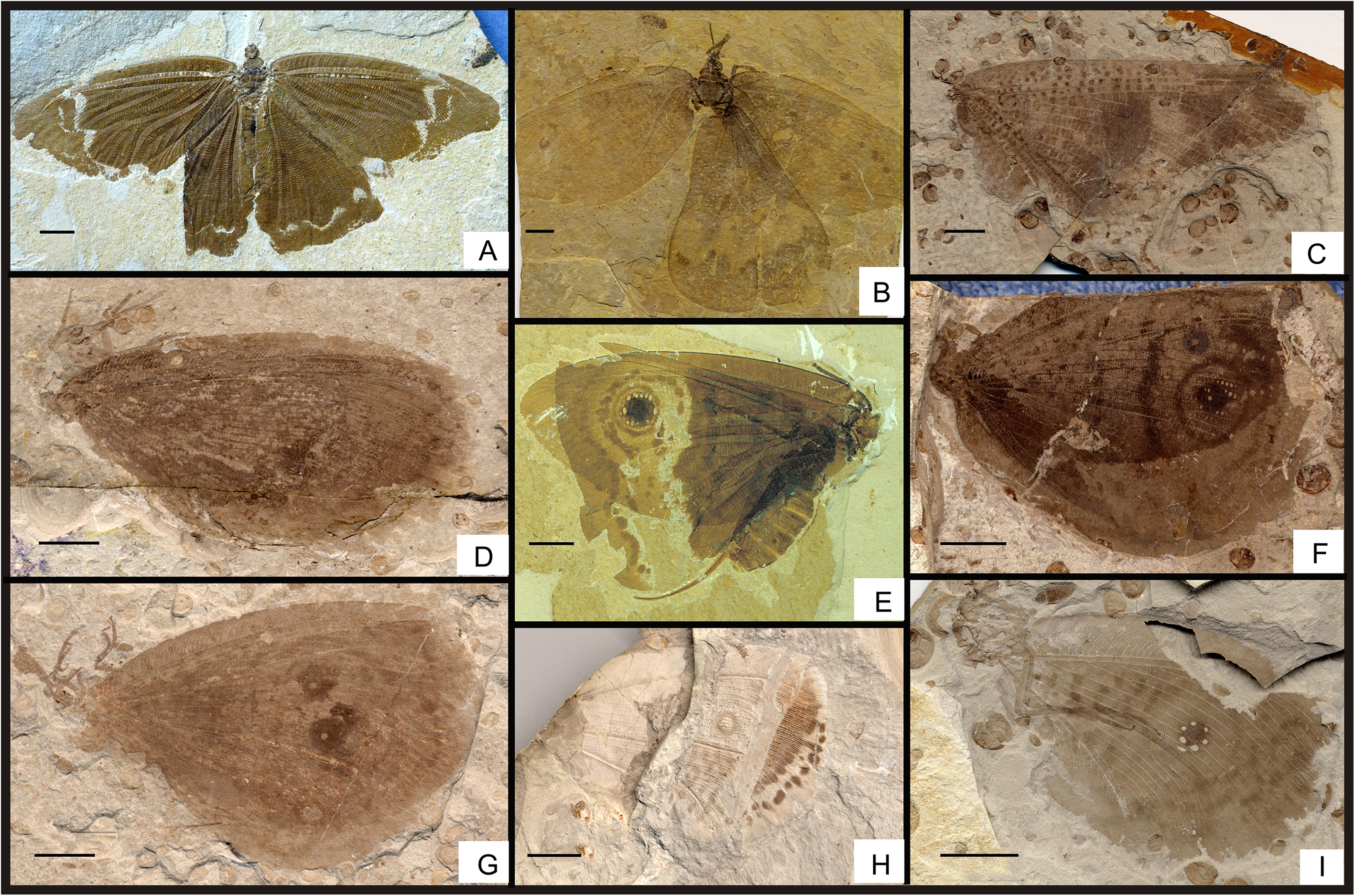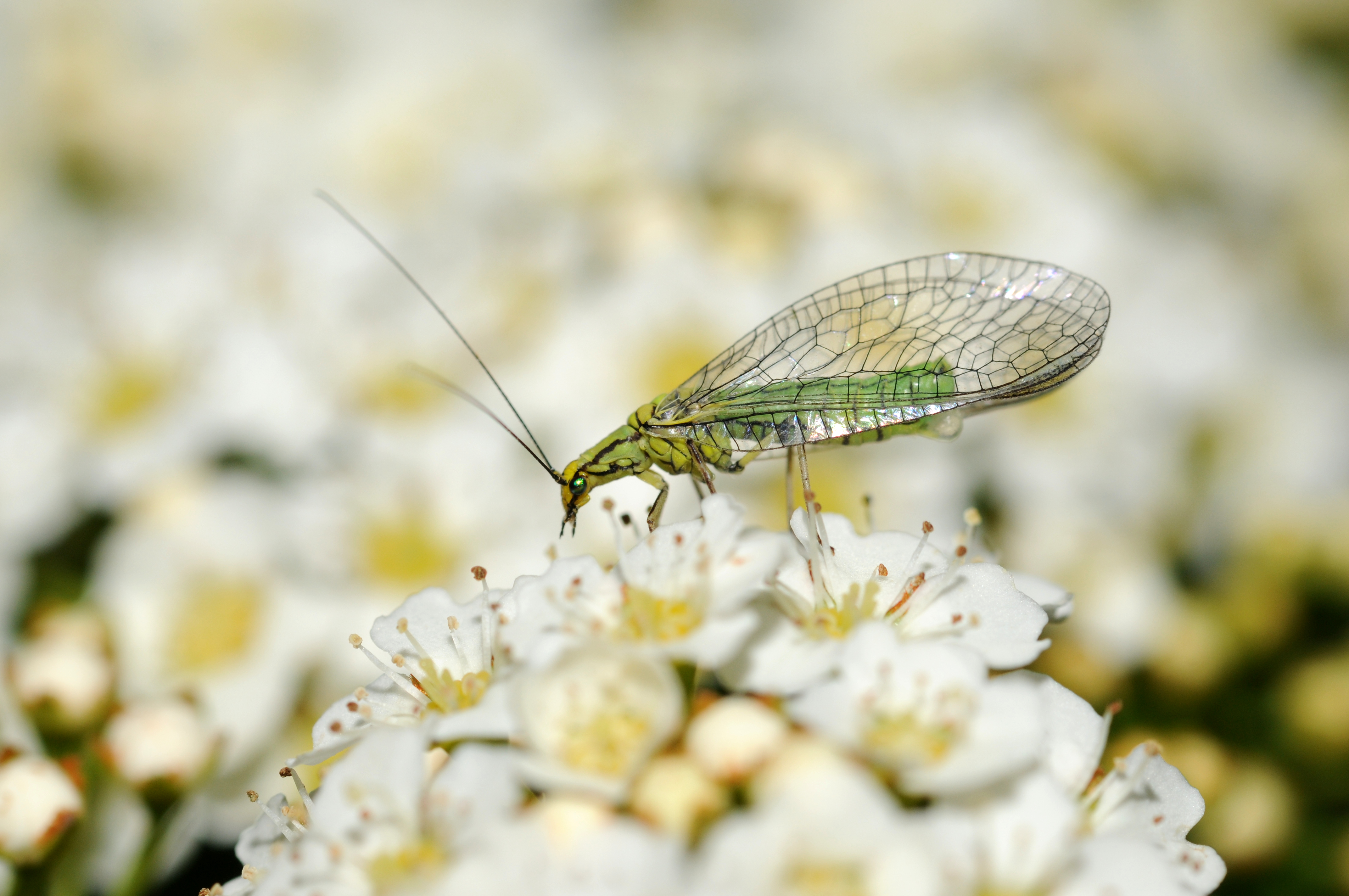Gould argued no. Not only would life be radically different, the odds are strong that nothing similar to humans would have evolved. Early evolution of complex life in the form of the Ediacaran and Cambrian explosions produced scads of bizarre creatures related to nothing alive today and many went extinct, probably, due to nothing more than bad luck.
Conway Morris argued yes: without any sort of goal, the unchanging laws of physics and demands of Earth’s environments dictate that more or less the same creatures would and have evolved repeatedly on Earth. Such a process, he argued, inevitably results in the emergence of beings with high intelligence. In other words, the environment induces the evolution of more or less the same solutions (though small details may obviously be different) when unrelated groups of organisms move into the same environments. And indeed, there are countless examples of such convergent evolution: dolphins and ichthyosaurs, cactuses in the Americas and euphorbias in Africa, and placental and marsupial saber toothed tigers
On the other hand, Peter Bowler, a reviewer writing about Conway Morris's book Crucible of Creation for American Scientist, argued that Conway Morris’s arguments are persuasive until you consider that many successful creatures seem to have no other parallel in Earth history – kangaroos, for instance. Another example that comes to my mind are the trilobites, although one might make a case for the giant isopods as trilobites, Take 2.
It is a fun question to think about (particularly in a bar over drinks), if ultimately unanswerable. But Conway Morris’s arguments have surely received a boost froma a striking example of convergence that has become newly clear over the last few years, most recently in the Proceedings of the Royal Society B but also a few years ago in BMC Evolutionary Biology.
Apparently, way back when Dinosaurs Ruled the Earth, a group of insects called lacewings produced butterflies. Not the butterflies we see flitting around today from the Order Lepidoptera, but floating, flapping, nectar-sucking flibbertigibbits nonetheless, with wings adorned with eyespots, veins, and scales.


Mesozoic butterflies seem to have appeared so similar to today’s incarnation that at a few paces you’d probably not notice a difference. They evolved 165 million years ago, disappearing just 45 million years later, a full 45 million years before the first modern caterpillar decided to grow up and become a beee-youuuu-tee-ful butterfly. Again.
Oh, and these first butterflies did not frequent flowers, because flowers were still a gleam in Mother Nature’s eye. Tthe first definite floral fossil dates from 125 million years ago – about the time these ancient butterflies were going extinct – but the first flower must have evolved at least a little before that. The flowers that did exist were small, inconspicuous, and aquatic with short, butterfly-unfriendly floral tubes.
Instead, these Jurassic butterflies seem to have alighted on seed-bearing, cone-making trees. Though they did not make flowers, these plants did craft cones studded with long tubes ending in nectar and pollen. And nectar + flying insect, evidently, are the prerequisites for evolution to cook up a butterfly.
Cretaceous butterflies are more formally known as kalligrammatid lacewings. Lacewings still fill the Earth today. Their members include little-known groups like antlions (also charmingly called doodlebugs because of the tracks the larvae make in sand); owlflies; and silky winged-, spoon-winged, and thread-winged lacewings.

The insects sport the eponymous thin, transparent, wings with boldly reticulate veins. Modern lacewings usually have chewing mouthparts, because both young and adults tend to eat other insects. Notably, the young may also bear piercing and sucking mouthparts for (shudder) accomplishing the same goal.
Kalligrammatid lacewing fossils have been known about for some time, but most specimens were poorly preserved, limiting what we could tell about them. Then a collection of beautifully preserved specimens turned up in northeastern China in lake deposits, a common source of exquisite fossils. The the tranquil settling of animals into fine sediments on lake bottoms and the relative lack of oxygen favors good fossilization. Such fossils can yield surface details and sometimes even color patterns.
Kalligrammatids seem to have lived almost exclusively on land that is today Europe and Asia during the Jurassic and Cretaceous. They were large, with wingspans in excess of six inches, and would have been some of the largest and most conspicuous insects of their day. It would be accurate to imagine them flitting past a herd of grazing dinosaurs.
Modern butterflies are defined by suite of traits that includes daytime activity, long, straw-like sucking mouthparts, wing eyespot patterns and wing scales (Lepidoptera literally means "scale wing"). All of these traits that can be determined from fossils are present in kalligrammatids.
The fossils tell us the first kalligrammatids shared the chewing mouthparts that characterize lacewings today, and also lacked wing spots or scales. But later, their mouthparts acquired a straw-like proboscis for drinking nectar, a mouthpart transition that the ancestors of modern butterflies underwent as well. In both groups, separate chewing mouthparts fused into proboscises that are long, flexible, and lack piercing structures.
.jpg)
Kalligrammatids also had one or more pumps inside their heads for generating suction, just like modern butterflies. Both groups also seem to have wielded proboscises with a variety of thicknesses and lengths for harvesting the nectar of different plants.
Spots and eyespots with vividly contrasting concentric rings of color also very soon appeared on the upper surface of wings. They were likely chosen by natural selection for the same reasons butterflies use them today: to startle predators like early birds or small dinosaurs, or failing that, to deflect them to the wings away from the body.
At least six different kinds of spots have been found in fossils so far. Several of them closely resemble those of modern butterflies, and one type -- Type 1 -- evolved at least three separate times even within the kalligramatids.



No comments:
Post a Comment